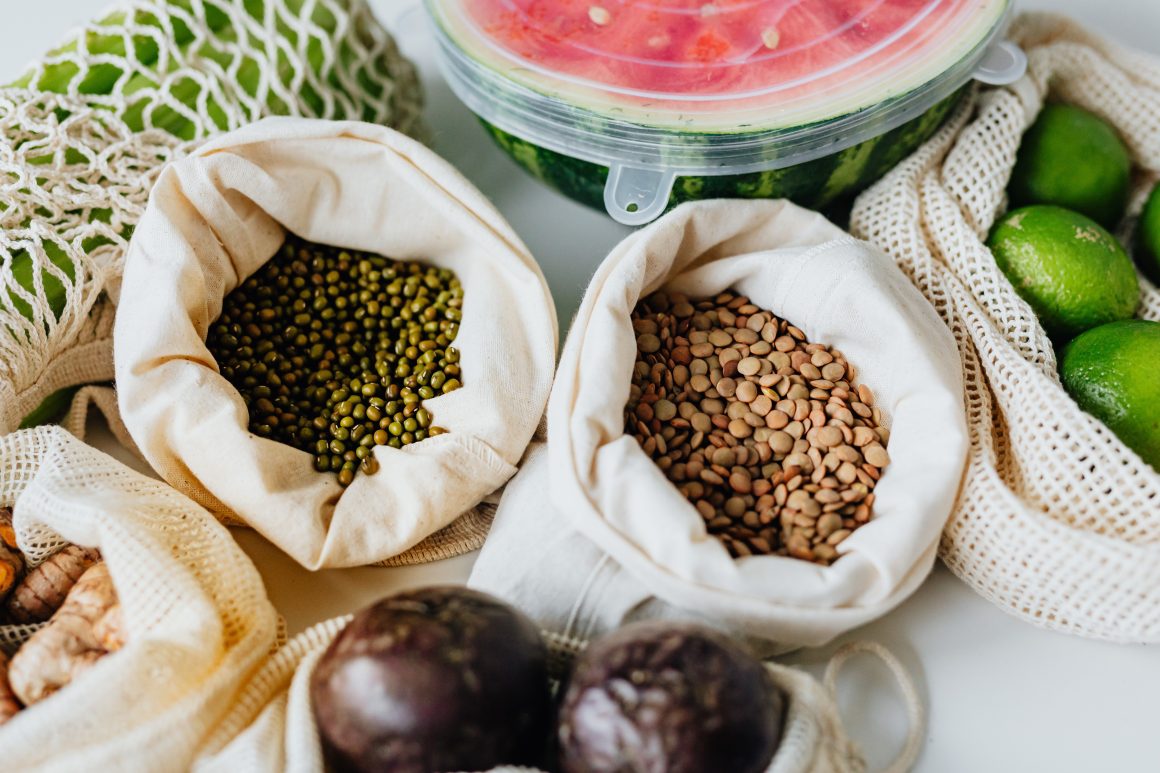Sustainability is a term that we often hear, but many of us may not be entirely familiar with its meaning or the importance of living a sustainable lifestyle.
Sustainable living refers to a lifestyle that minimizes harm to the environment and preserves natural resources. It is a way of life that strives to meet the needs of the present without compromising the ability of future generations to meet their own needs. In this article, we will delve into the meaning and importance of sustainable living, and provide some practical tips on how to incorporate sustainable practices into your daily life.
What is Sustainable Living?
Sustainable living is an approach to life that aims to maintain ecological balance, protect the environment, and conserve natural resources. It involves making conscious choices to reduce your impact on the environment and promote sustainable practices. It encompasses a wide range of practices, from conserving energy and water to reducing waste and minimizing carbon emissions.
Why is Sustainable Living Important?
Living sustainably is crucial to safeguarding our planet’s future. The human population is growing at an unprecedented rate, and our current consumption patterns are unsustainable. We are depleting natural resources at an alarming rate, emitting greenhouse gases that contribute to climate change, and polluting our air, water, and soil.
By adopting sustainable practices, we can help to reduce our carbon footprint, conserve natural resources, and minimize our impact on the environment.
Переглянути цей допис в Instagram
Why Should You Care About Sustainable Living?
Sustainable living is not just about protecting the environment; it also has significant social and economic benefits. By adopting sustainable practices, we can save money on utility bills, reduce our reliance on fossil fuels, and support local businesses that prioritize sustainability.
Sustainable living can also improve our health and well-being, as it encourages us to eat more nutritious, locally sourced food and engage in physical activities that benefit our bodies and minds.
How to Live a Sustainable Life?
Living a sustainable life may seem daunting at first, but it is easier than you might think. Here are some practical tips on how to incorporate sustainable practices into your daily life:
- Reduce Energy Consumption: Conserve energy by turning off lights and appliances when not in use, using energy-efficient light bulbs, and investing in renewable energy sources such as solar panels.
- Minimize Water Use: Fix leaky faucets, take shorter showers, and install low-flow showerheads and toilets to reduce water usage.
- Reduce, Reuse, and Recycle: Reduce waste by avoiding single-use items, reusing items instead of buying new ones, and recycling materials such as glass, plastic, and paper.
- Support Local and Sustainable Businesses: Buy local and organic produce, and support businesses that prioritize sustainability and ethical practices.
- Reduce Carbon Emissions: Reduce your carbon footprint by walking, biking, or taking public transportation instead of driving, and by using energy-efficient vehicles.
Sustainable Living Examples
There are many ways to live sustainably, and it is essential to find practices that work for you and your lifestyle. Here are some examples of sustainable living practices:
- Composting: Composting is the process of recycling organic waste such as food scraps and yard trimmings into nutrient-rich soil. Composting reduces waste and provides a natural fertilizer for gardens and plants.
- Upcycling: Upcycling is the process of repurposing old or discarded items into something new and useful. For example, you can turn old t-shirts into tote bags or use old jars as storage containers.
- Eating Locally and Seasonally: Eating locally and seasonally reduces the carbon footprint associated with transportation and supports local farmers and businesses. It also ensures that you are eating fresh and nutritious food that is in season.
- Green Building: Green building practices, such as using sustainable materials and designing energy-efficient building systems, can reduce the environmental impact of buildings and improve indoor air quality.
- Renewable Energy: Using renewable energy sources such as solar, wind, and geothermal power can reduce reliance on fossil fuels and lower carbon emissions.
- Sustainable Fashion: Sustainable fashion is the practice of designing, producing, and consuming clothing that is environmentally friendly, socially responsible, and ethically made. This includes using sustainable materials, reducing waste, and supporting fair labor practices.
- Zero Waste: Zero waste is the practice of producing little to no waste by minimizing consumption, reducing packaging, and recycling or composting materials.
- Community Gardening: Community gardening is a way to grow fresh, healthy food and build community connections. It also promotes biodiversity and supports local ecosystems.
Переглянути цей допис в Instagram
Transitioning to Sustainable Living
Transitioning to a sustainable lifestyle can be a gradual process, and it’s important not to become overwhelmed. Start by making small changes in your daily routine, such as bringing a reusable water bottle instead of buying plastic bottles, or using reusable shopping bags instead of disposable ones.
As you become more comfortable with sustainable practices, you can start to incorporate more significant changes, such as investing in renewable energy or reducing your car use.
It’s also important to remember that sustainable living is not just an individual responsibility; it requires collective action at the community and national levels. We can support sustainable policies and initiatives, such as renewable energy incentives, public transportation, and community gardening programs.
In conclusion, sustainable living is not just a buzzword; it’s a way of life that promotes ecological, social, and economic sustainability. By adopting sustainable practices, we can reduce our impact on the environment, conserve natural resources, and improve our health and well-being.
There are many ways to live sustainably, and it’s important to find practices that work for you and your lifestyle. By working together to support sustainable policies and initiatives, we can create a greener, more sustainable future for generations to come.








